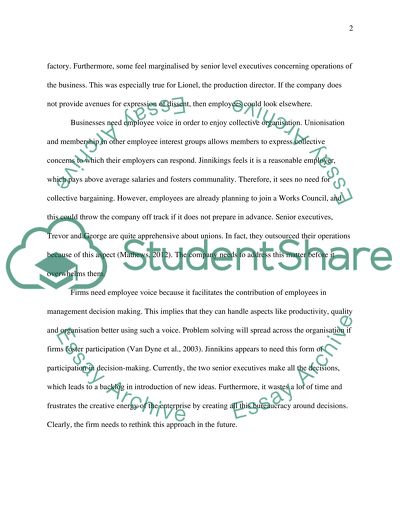Cite this document
(“Evaluate how far Jinnikins Jeans would benefit from extending employee Essay”, n.d.)
Retrieved from https://studentshare.org/human-resources/1497447-evaluate-how-far-jinnikins-jeans-would-benefit
Retrieved from https://studentshare.org/human-resources/1497447-evaluate-how-far-jinnikins-jeans-would-benefit
(Evaluate How Far Jinnikins Jeans Would Benefit from Extending Employee Essay)
https://studentshare.org/human-resources/1497447-evaluate-how-far-jinnikins-jeans-would-benefit.
https://studentshare.org/human-resources/1497447-evaluate-how-far-jinnikins-jeans-would-benefit.
“Evaluate How Far Jinnikins Jeans Would Benefit from Extending Employee Essay”, n.d. https://studentshare.org/human-resources/1497447-evaluate-how-far-jinnikins-jeans-would-benefit.


